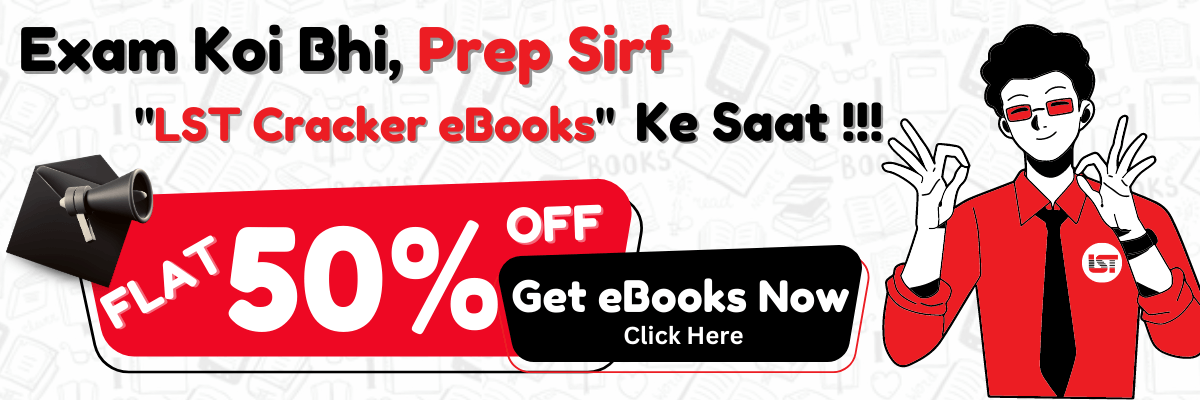History Questions For UPSC, SSC CGL, CHSL, CPO
Hello Aspirants, As we all know that History Questions is a vital part of General Knowledge section for every competitive exam.So here, In this article, we will provide different Questions of History.These History Questions are important for UPSC, SSC CGL, SSC CHSL, SSC CPO, FCI, and Other state exams. You can attempt these questions & boost your preparation for your examination.
In the SSC exams, History Questions asked in the Tier-I as well as Tier-II exam.There are 8-10 History Questions asked in the Tier-II exam (SSC).You want to score more in the History section then you should practice more and more History questions.
These History Questions also important for SSC CHSL, SSC CPO, SSC MTS, FCI and other state exams.If you started preparing for the civil services exam and you don’t know How to get more marks in History then you should start practice of History questions from the below given quiz.
History Questions Quiz-1
This “History Questions and Answers” is also important for other state exams such as RAS, UPPSC, MPSC, SSC MTS, ASRB Exams and other competitive exams.
1. Simon Commission was boycot- ted by the nationalist leaders of India because:
A. They felt that it was only an eyewash.
B. All the members of the Commis- sion were English.
C. The members of the Commission were biased against India.
D. It did not meet the demands of the Indians.
Show Correct Answers
Correct Answer – B. All the members of the Commis- sion were English.
Explanation:Simon Commission was primarily boycotted because it had no Indian members. The Commission was a group of seven British Members of Parliament that had been dispatched to India in 1927 to study constitutional reform in India.
2.Who among the following British persons admitted the Revolt of 1857 as a national revolt?
A. Lord Dalhousie
B. Lord Canning
C. Lord Ellenborough
D. Disraeli
Show Correct Answers
Correct Answer – D. Disraeli
Explanation:- Benjamin Disraeli, the leader of the conservative party of England has called it a ‘National re- volt’. The motives of leadership of re- volt, geographical extent of the sway of revolt, its loose organizational in- frastructure and the fragile basis of national consciousness at that moment do not provide substance to the so-called characterization of sepoy mutiny as ‘National struggle’.
3. The two states which had non-Congress Ministries in 1937 were:
A. Bengal and Punjab
B. Punjab and NWFP
C. Madras and Central Provinces
D. Bihar and Uttar Pradesh
Show Correct Answers
Correct Answer – A. Bengal and Punjab
Explanation:- Provincial elections were held in British India in the winter of 1936–37 as mandated by the Gov- ernment of India Act 1935. Elections were held in eleven provinces—Ma- dras, Central Provinces, Bihar, Orissa, United Provinces, Bombay Presidency, Assam, NWFP, Bengal, Punjab and Sindh. The Indian National Congress emerged in power in all the provinces except for three—Bengal, Punjab, and Sindh. The All-India Muslim League failed to form the government in any province.
4.Through which principle/device did Mahatma Gandhi strive to bridge economic inequalities?
A. Abolition of machinery
B. Establishment of village industries
C. Adoption of non-violence
D. Trusteeship theory
Show Correct Answers
Correct Answer – D. Trusteeship theory
Explanation:-Trusteeship is a so- cio-economic philosophy that was propounded by Mahatma Gandhi. It provides a means by which the wealthy people would be the trustees of trusts that looked after the welfare of the people in general. This concept was condemned by socialists as being in fa- vor of the landlords, feudal.
5.Which one of the following was the first English ship that came to India?
A. Elizabeth
B. Bengal
C. Red, Dragon
D. Mayflower
Show Correct Answers
Correct Answer – C. Red, Dragon
Explanation:-Formed on 31 Decem- ber, 1600, the East India Company’s first voyage departed on 13 February 1601. The flagship of the five-vessel fleet was the Scourge of Malice, pur- chased from the Earl of Cumberland for 3,700 pounds. On a more peaceful mission, the East India Company re- named the vessel the Red Dragon. The other vessels in the fleet were the Hec- tor (300 tons), Ascension (260 tons), Susan (240 tons) and the Gift, a small victualler.
6.The All India Muslim League was founded by:
A. Maulana Ahmed Ali
B. Mohammad Ali Jinnah
C. Agha Khan
D. Hakim Ajmal Khan
Show Correct Answers
Correct Answer –C. Agha Khan
Explanation:-The All India Muslim League was founded by the All India Muhammadan Educational Confer- ence at Dhaka (now Bangladesh), in 1906. Aga Khan III was one of the founders and the first president of the All India Muslim League, and served as President of the League of Nations from 1937–38. He was nominated to represent India to the League of Na- tions in 1932. He was instrumental in the creation of Pakistan.
7.The last Governor-General of the East India Company and the first Viceroy under the crown was:
A. Lord Elgin
B. Lord Canning
C. Lard Warren Hastings
D. Lord Dalhousie
Show Correct Answers
Correct Answer –B. Lord Canning
Explanation:-Lord Canning, known as The Viscount Canning from 1837 to 1859, was an English statesman and Governor-General of India during the Indian Rebellion of 1857. In 1858, he was made the first Viceroy of India.
8.The first Governor-General of Bengal was:
A. Lord Clive
B. Lord Warren Hastings
C. Lord John Shore
D. Lord Cornwallis
Show Correct Answers
Correct Answer –B. Lord Warren Hastings
Explanation:-Warren Hastings was the first Governor-General of In- dia, from 1773 to 1785. He became the Governor of Bengal in 1772 and in 1774; he became the first Gover- nor-General of Bengal.
9.On April 12, 1944 Subhash Chan- dra Bose hoisted the INA Flag in a town. In which State/Union Territory is that town now?
A. Andaman and Nicobar Islands
B. Tripura
C. Manipur
D. Mizoram
Show Correct Answers
Correct Answer –C. Manipur
Explanation:-During World War II, Moirang in Manipur was the head- quarters of Azad Hind Fauz. Colonel Malik of the Indian National Army, (INA) hoisted the Tricolour for the first time on Indian soil on 14 April 1944, in Moirang with the help of Manipuris like Shri Mairembam Koireng Singh and others who were members of the INA.
10. Name the ‘Political Guru’ of Mahatma Gandhi.
A. Gopalakrishna Gokhale
B. Bal Gangadhar Tilak
C. Aurobindo Ghosh
D. Lala Lajpat Rai
Show Correct Answers
Correct Answer –A. Gopalakrishna Gokhale
Explanation:-Gopal Krishna Gokalae, the famous moderate leader of the In- dian national Congress, was the polit- ical guru of Mahatma Gandhi. When Gandhi returned to India in 1915, on the advice of his political guru Gopal Krishna Gokhale, he spent the first year touring throughout the country to know the real India.
Current Affairs PDF 2021– Download Ebooks
Try Attempt Daily Current affairs 2021 Quizzes on the latest current affairs questions and answers, this Daily Current Affairs 2021 resource yields the facts about the events of International Current affairs, National, Sports, Business, Banking Current Affairs 2021, and more which are Important for competitive exams as well as interviews.

Attempt Free Mock Tests & Get Free eBooks









